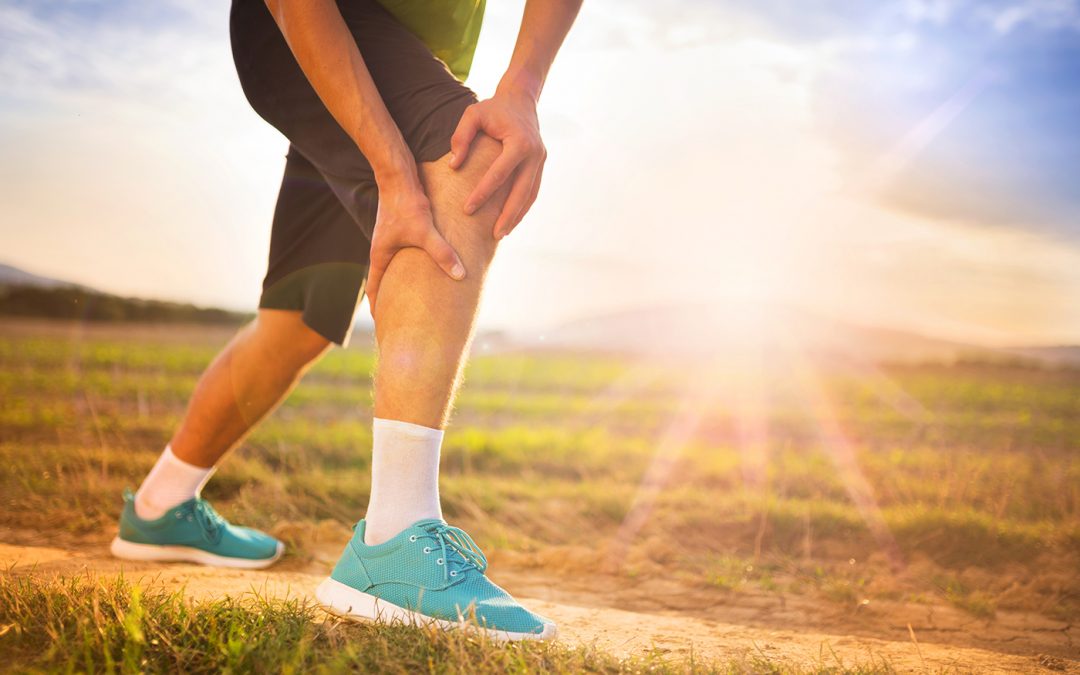You’ve twisted your knee. It is time to rest, ice and elevate the injury – or is it? New research is showing why this might not be the best muscle injury treatment.
There’s a of discussion going on when it comes to muscle injury recovery concerning the well-known method of R.I.C.E. and the newer, lesser known method of M.E.A.T..
What is R.I.C.E.?
This has been the standard in injury recovery method for quite some time, but research is showing the limitation of R.I.C.E.. The acronym stands for…
REST
Resting an injured limb is crucial to recovery, but there’s a fine balance, which is covered in more detail later in this post.
ICE
The use of ice in the acute stage of an injury has been a long standing treatment, but the research is actually lacking on this. While some studies suggest it may help in short term recovery for certain injuries, others suggest it may actually slow recovery.
COMPRESSION
Applying compression, whether through a specialized sleeve or intricate wrap can help to decrease excess swelling.
ELEVATION
Keeping the injured area elevated may help to decrease swelling, but it may also decrease circulation of blood which could slow down healing.
So, what is M.E.A.T.?
This injury recovery method is making a move to replace the traditional R.I.C.E method as new studies have come out. M.E.A.T. includes a more science-based approach to long term recovery instead of the short-term R.I.C.E method which may do little more than make you feel better those first few hours after an injury. M.E.A.T. stands for…
MOVEMENT
Rest is important, but controlled movement of the affected limb can stimulate blood flow, allow for proper development of scar tissue, and improve recovery. Too many people rest an injury far too much which can lead to a serious decrease in range of motion and strength.
EXERCISE
While this goes hand-in-hand with movement, specific exercise for the particular injury with the slow and strategic addition of resistance and/or weight can improve function and long-term outcome.
ANALGESIA
Pain relievers should be reserved for acute injuries but NSAIDs should be avoided as they can actually inhibit the natural healing process.
TREATMENT
This can include physical therapy, massage therapy, and any number of other bodywork and rehab techniques used to address specific injuries.
One of the biggest details that is often passed over, is that the need for either will vary depending on the exact injury and at what stage of recovery. Generally speaking, R.I.C.E may be best reserved for acute muscle injuries (within the first few hours) and M.E.A.T. may be best for acute ligament and cartilage injuries and aid in long-term recovery.
It’s important to mention that no studies have yet directly compared these methods to each other to come to a clear conclusion, but rather independent studies on each are leading us to make the distinction. It may be best to utilize components of both R.I.C.E and M.E.A.T. when you experience any kind of injury.


Recent Comments